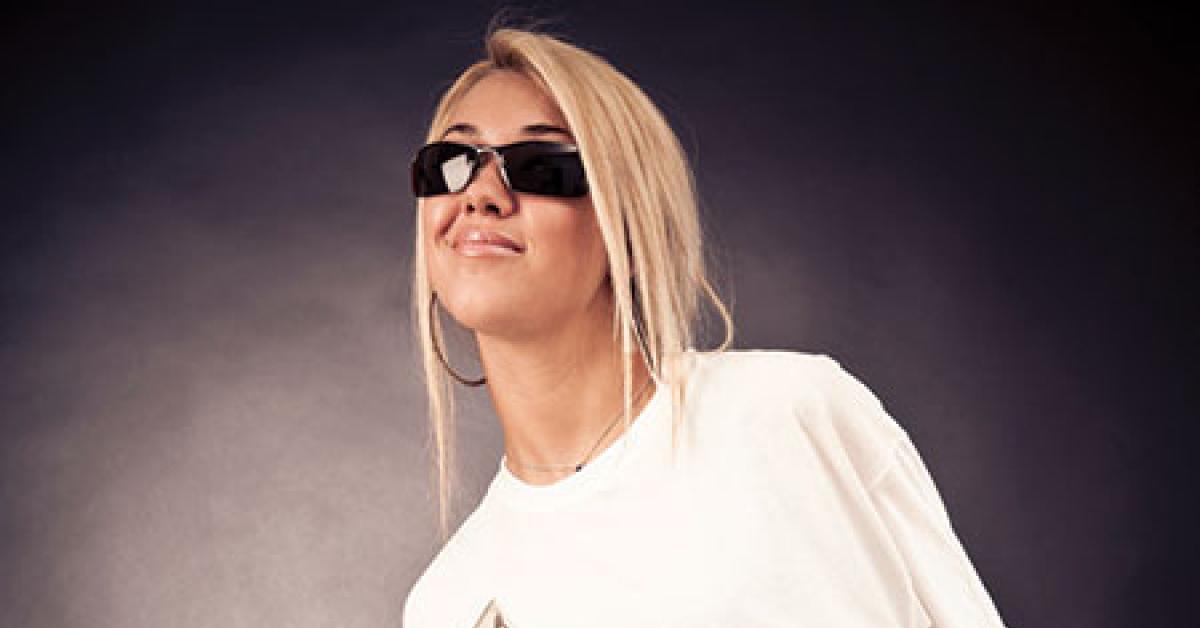CONCORD, N.C. — Any time I mention the word “bleach,” it seems someone in the room has all the blood drain from their face. Then they go on the attack about how reckless it is to put such a chemical tool into the hands of an employee.
The term bleach can and does refer to more than chlorine (sodium hypochlorite).
Have an open mind.
It is a lot of little things that separate a good garment-care professional from a great garment-care professional. My goal has always been to help you move from “me, too” to being the go-to cleaner in your market. It is a short trip when you make the effort to gain and apply additional knowledge of supplemental stain removal.
A must-have in your chemical tools is hydrogen peroxide. It is used at the spotting board in various strengths, from 3% to 30% concentrations. The bottle you can buy at the drug store is usually only a 3% concentration.
Peroxide can be applied to a pastel silk to get out the last traces of a stain. Small amounts of 10%, 20% and 30% concentration can be acquired from a hair salon supply store. Peroxide is the only bleaching agent that I can recommend for protein fibers like wool, silk, angora, cashmere and camel hair.
You must be patient, as the milder the concentration, the more repeated applications will be required to achieve the desired results. Peroxide should be applied with an eye dropper or a cotton swab to avoid skin contact.
To use hydrogen peroxide in a soaking bath, use 6 ounces of 3% peroxide to a gallon of water at a temperature of 120 F. It will work slowly and only as long as the water remains above 100 F. Peroxide is my first choice when it comes to removing scorch.
Another bleach that is useful in the cleaning department is sodium perborate.
This chemical tool is purchased as a white powder and can be used at the spotting board as well as in a soaking bath. At the spotting board, it is sprinkled over the last traces of a stain that is still warm and moist from wet-side stain removal.
You then heat the sodium perborate crystals over the solid portion of the board with a wisp of steam from the steam gun. This will melt the bleach through the stain and activate the bleaching action. The bleach should then be neutralized with a drop of acetic acid.
To restore garments that are dingy from age, or those that contain large areas of stains, sodium perborate can be used in a bleach bath.
In a non-metal container that is large enough to move the garment around, dissolve 1 ounce of sodium perborate powder per gallon of water at a temperature of 120 F.
Sodium perborate works slowly and can even be left overnight, if you choose. Perborate is my first choice when it comes to removing perspiration.
A “first cousin” to sodium perborate is sodium percarbonate. This is also a white powder that can be used in the same way as perborate, but is much more aggressive than perborate at temperatures above 100 F. It is a good choice on thermos-polymer synthetics, used at a temperature of 80 F to 90 F.
Check back Thursday for the conclusion.
Have a question or comment? E-mail our editor Dave Davis at [email protected].

